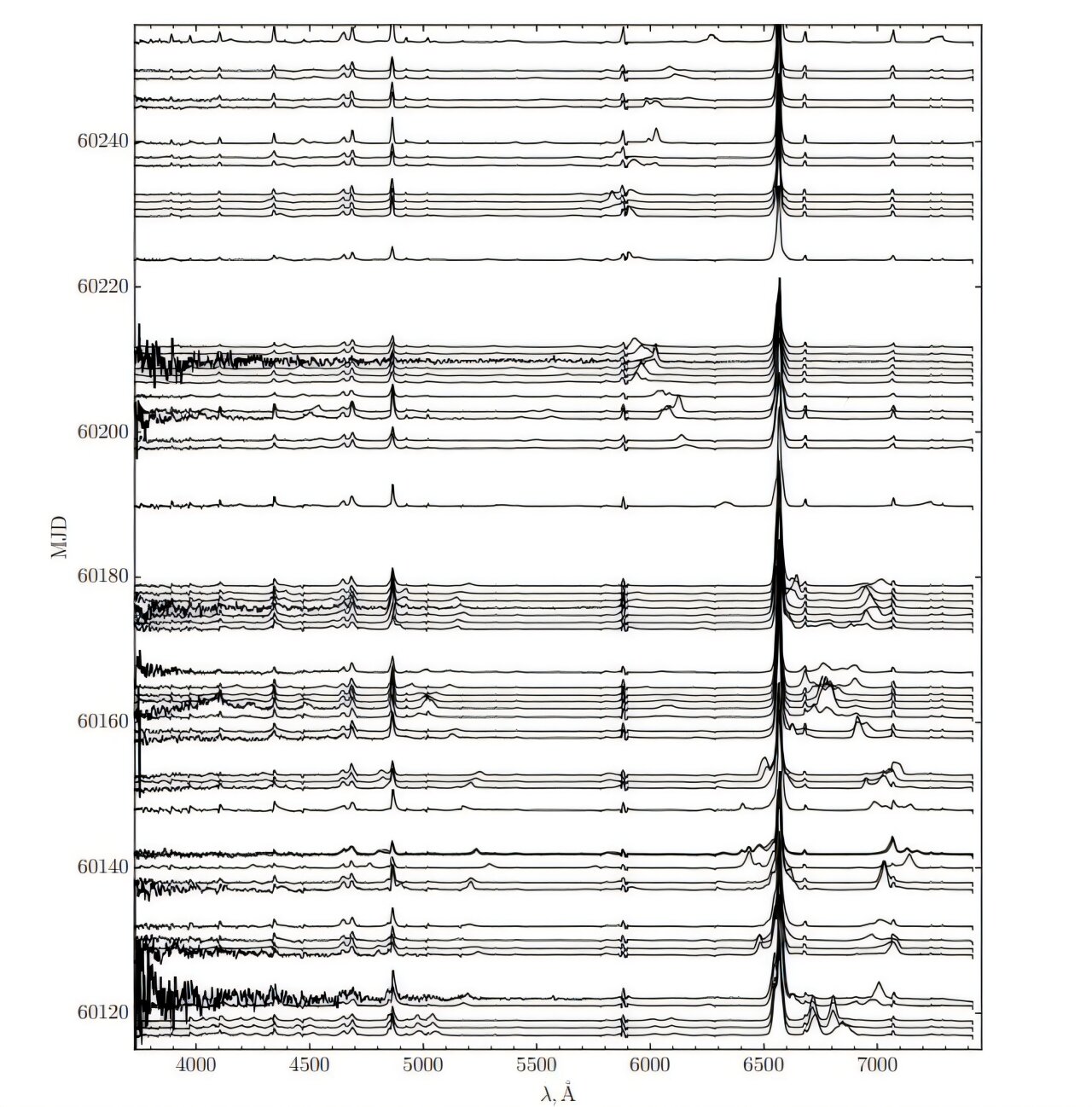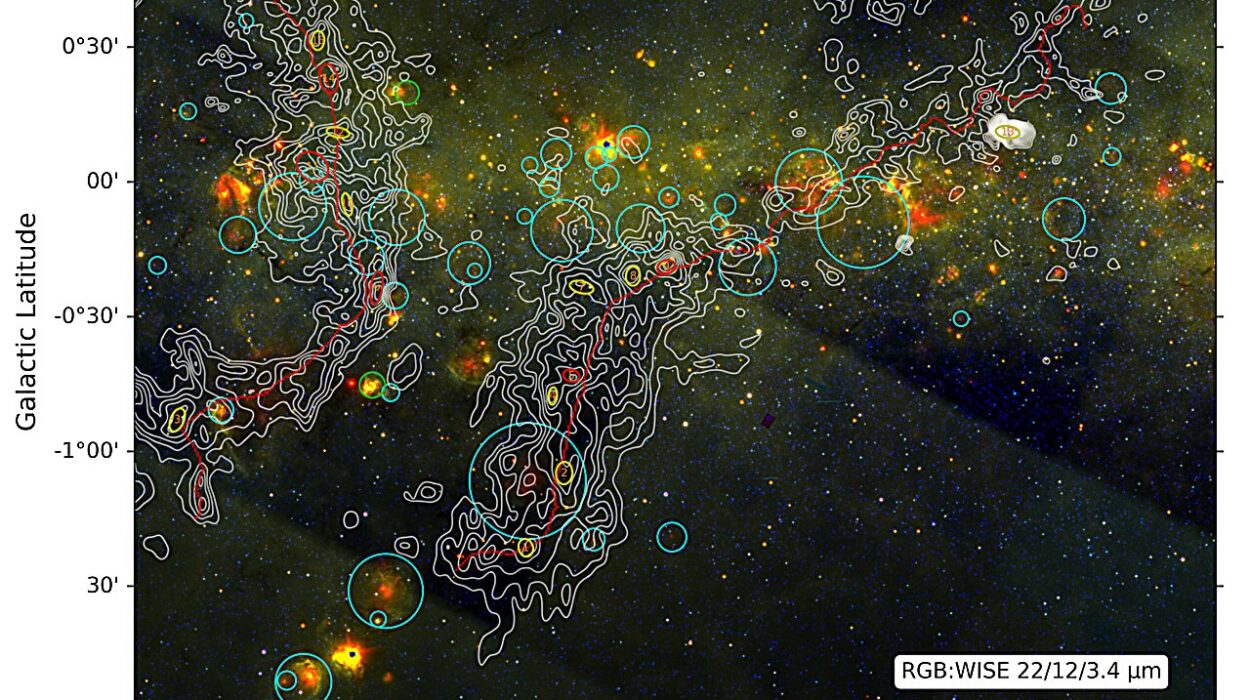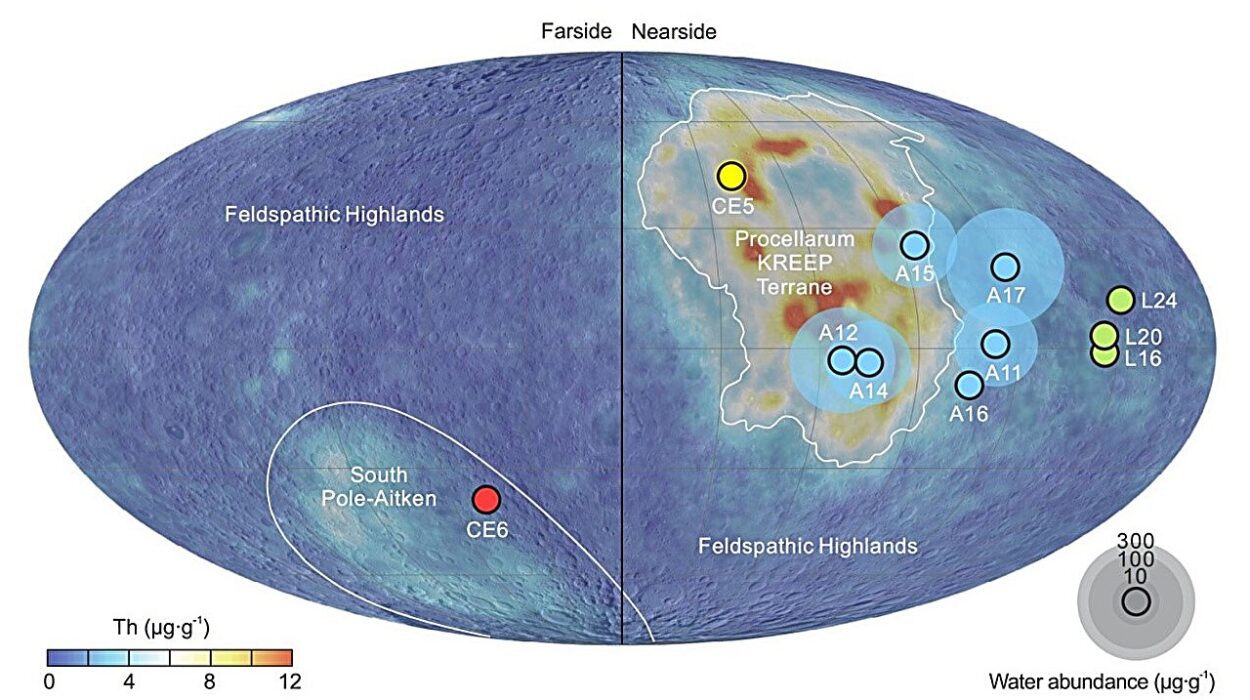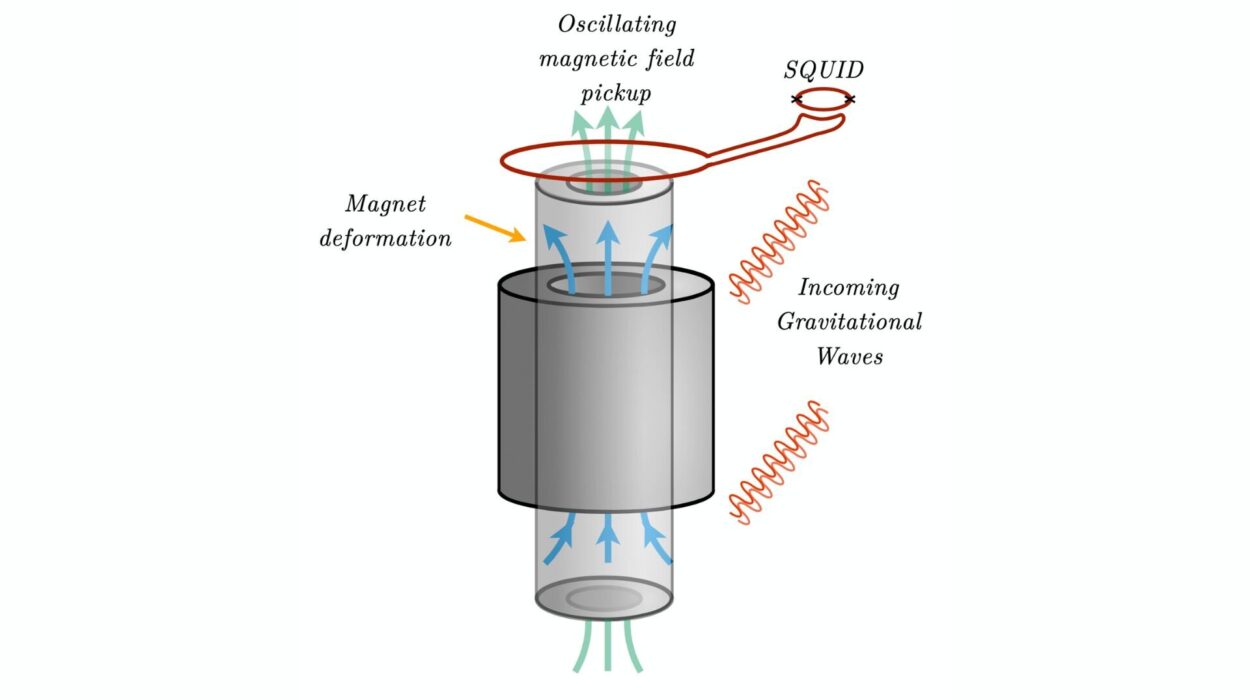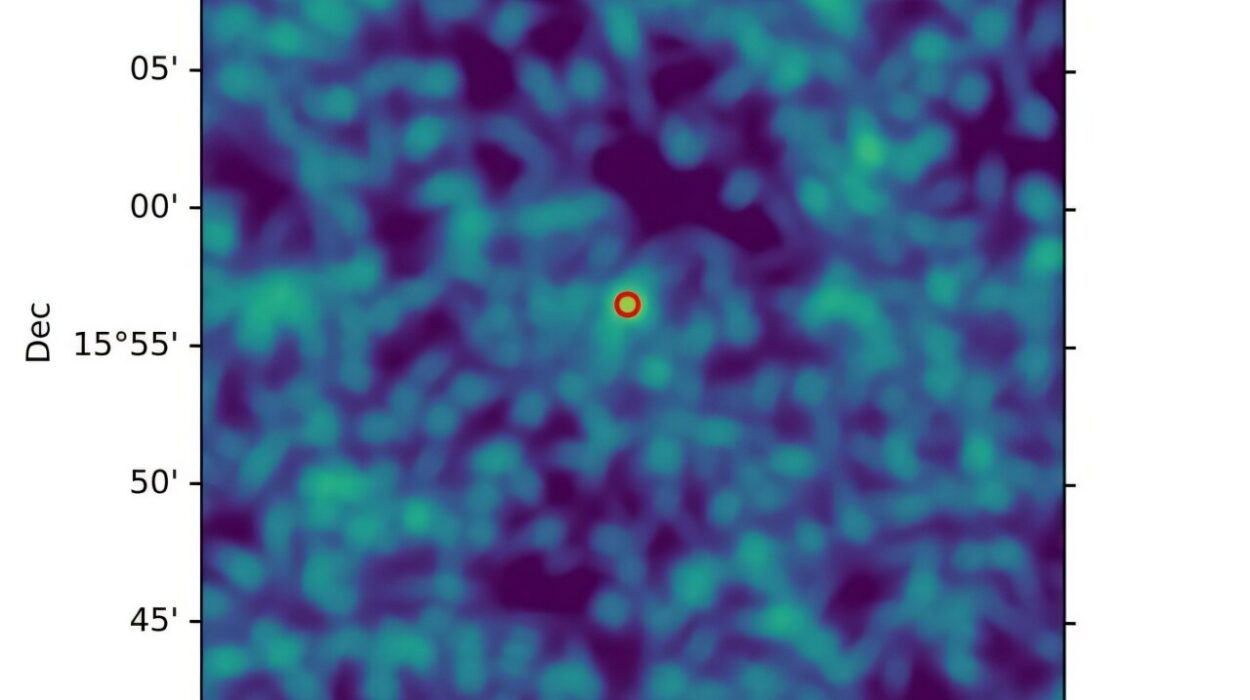In the quiet observatories nestled among Russia’s Crimean hills and the snow-lined ridges of the Caucasus Mountains, astronomers have spent decades peering into the sky, tracking the slow, restless heartbeat of one of the most bizarre objects ever discovered in our galaxy.
Now, after more than 45 years of near-continuous observation, scientists from the Sternberg Astronomical Institute (SAI) have published a groundbreaking study on SS 433, the universe’s first identified microquasar. Their findings, released May 13 in the journal Physics-Uspekhi, offer new clarity into the exotic dance between a black hole and its stellar companion—a cosmic duet that is changing in real time, right before our eyes.
The Cosmic Oddball That Started It All
Discovered in 1978, SS 433 was the first of its kind—a microquasar, a class of compact stellar systems that mimic the behavior of far more powerful quasars. These systems are formed when a compact object, such as a black hole or neutron star, feeds off the material of a neighboring star, generating powerful jets that shoot matter out at near-light speeds.
SS 433 is one of the most intensely studied astronomical systems in history. Located about 18,000 light years from Earth, it is a binary system composed of a stellar-mass black hole—roughly eight times the mass of our Sun—drawing in matter from a massive A-type star nearly ten times as massive. That celestial interaction unleashes a torrent of radiation across the electromagnetic spectrum, from X-rays and gamma rays to visible light and radio waves.
But this is no ordinary black hole duo. The new research confirms that SS 433 is evolving—and evolving strangely.
A Binary System That’s Growing Apart
Using long-term data collected from optical observatories at both the Crimean Astronomical Station (CAS) and the Caucasus Mountain Observatory (CMO), the Russian team, led by veteran astrophysicist Anatol Cherepashchuk, detected a subtle but significant phenomenon: SS 433’s orbital period is increasing—by about 0.000114 milliseconds per second.
That might seem insignificant, but in astrophysics, such precision reveals major truths. The increase in orbital period means that the two celestial partners are very slowly drifting apart.
“In this system, both the orbital period and the distance between the objects are increasing,” said the researchers. “SS 433 is evolving as a semi-detached binary, but unlike most systems of this kind, it appears to avoid the common envelope phase.”
This is significant because most close binary systems eventually enter what’s known as the common envelope phase, where the outer layers of the stars envelop both objects, often leading to a merger or a supernova. SS 433, however, is charting a different path—one that could redefine how scientists think about the life cycles of binary stars.
A Slaved Dance and Time-Lagged Jets
Another discovery deepens the enigma: SS 433’s orbit is elliptical, not circular, and this appears to influence the orientation of its accretion disk—the swirling funnel of superheated matter feeding the black hole.
This disk doesn’t spin freely. It’s “slaved” to the rotation of the donor star, which is slowly precessing, or wobbling, much like a spinning top. That wobble affects the direction of SS 433’s relativistic jets—narrow beams of particles blasting away at near the speed of light—but with a twist.
“In the slaved disk model, the propagation of relativistic jets tracks the precessing rotation axis of the donor star,” the researchers explained. “But there is a delay. The jets don’t instantly align with the star’s changing axis. It takes time—what we call the viscous time of the accretion disk—for that shift to travel inward to where the jets are formed.”
Imagine a garden hose swinging slowly back and forth, with water that adjusts to the direction only after a delay. In the cosmic garden of SS 433, that delay paints a timeline of matter, angular momentum, and energy in motion—a sort of astrophysical echo that offers clues into how matter behaves around black holes.
A Glimpse Into a New Class of Cosmic Giants
The implications of these findings are bigger than just SS 433. The object’s characteristics—its growing orbital separation, stable mass transfer, jet dynamics, and high luminosity—align closely with those of a relatively new class of celestial phenomena: ultraluminous X-ray sources (ULXs).
ULXs are intense beacons of X-ray radiation found in other galaxies. For years, astronomers weren’t sure whether these strange lights came from intermediate-mass black holes or other exotic mechanisms. SS 433 might be the Rosetta Stone that helps decipher their nature.
“The system is physically close to this newly emerging class of objects,” the Russian astronomers concluded. “By studying SS 433, we can better understand ULXs in distant galaxies, perhaps even find more of them in our own.”
Why This Matters: A Living Laboratory in Our Backyard
What makes SS 433 so extraordinary is not just its exotic structure, but its accessibility. Unlike distant quasars billions of light years away, this system is right here in the Milky Way. It’s close enough to study in detail and dynamic enough to show us astrophysics in motion.
We are watching a black hole feed. We are seeing a star slowly surrender to gravity. We are observing a jet, launched from the edge of spacetime, respond to the spin of a dying star—with a delay, like light echoing through a canyon.
SS 433 isn’t just an object. It’s a story in motion. A love affair between gravity and light. A celestial waltz across time and space.
The Road Ahead: What’s Next for SS 433?
With over four decades of data and a new generation of space telescopes and ground-based observatories, scientists now have an unprecedented opportunity to study SS 433 in exquisite detail. Future observations, including from instruments like the James Webb Space Telescope, the European Space Agency’s Athena X-ray Observatory, and the upcoming Russian Spektr-RG mission, could peel back even more layers of this mysterious system.
Moreover, the methods pioneered by the SAI team—decades-long, multi-wavelength monitoring—are proving to be a powerful template for studying other evolving binaries. SS 433 may be just the first chapter in a much larger story unfolding across the cosmos.
As one Russian astronomer put it, “We are not just observing SS 433. We are listening to it. It speaks in pulses of light, in the drift of orbits, in the bend of its jets. And if we listen carefully, it may tell us where black holes come from, and where they’re going.”
Reference: Anatol Cherepashchuk et al., Unique microquasar SS433: new results, new issues, Physics-Uspekhi (2025). DOI: 10.3367/UFNe.2025.05.039904
